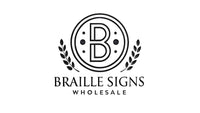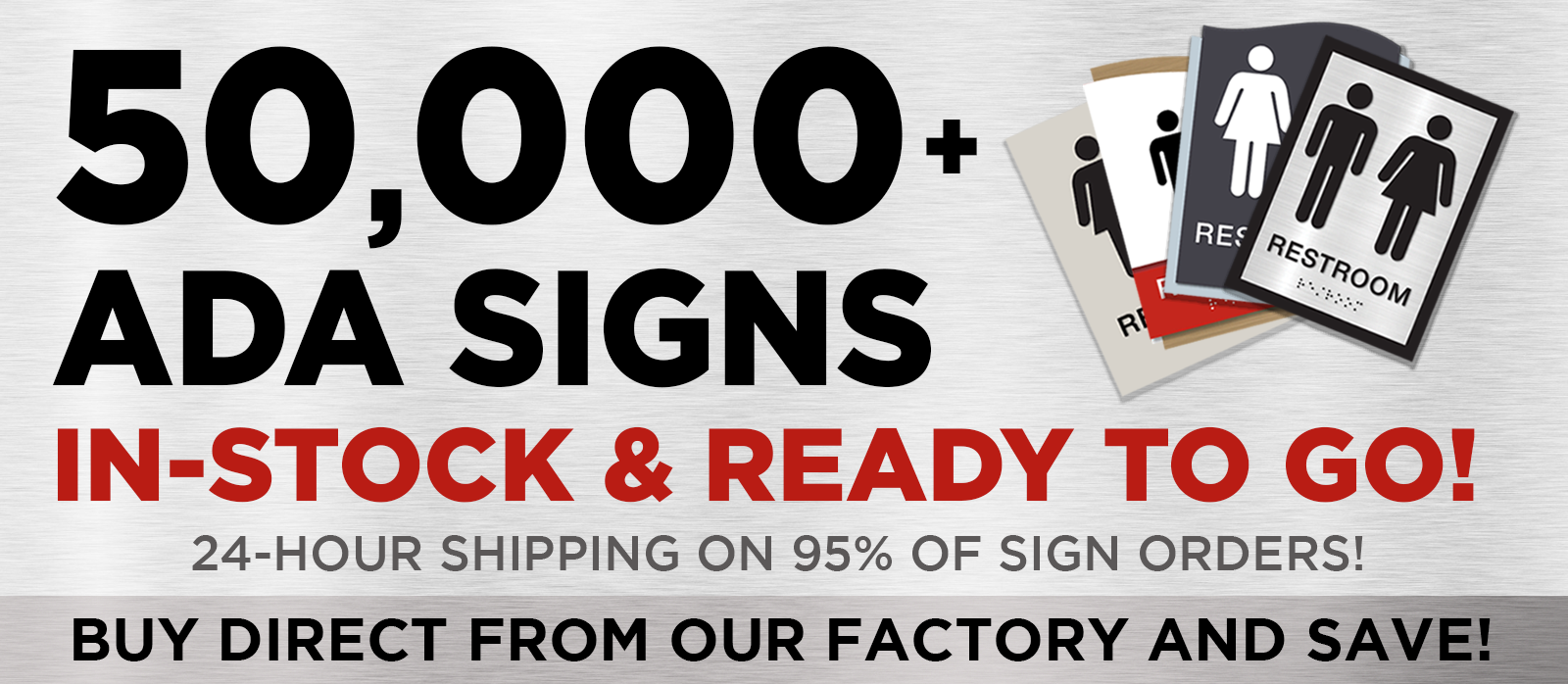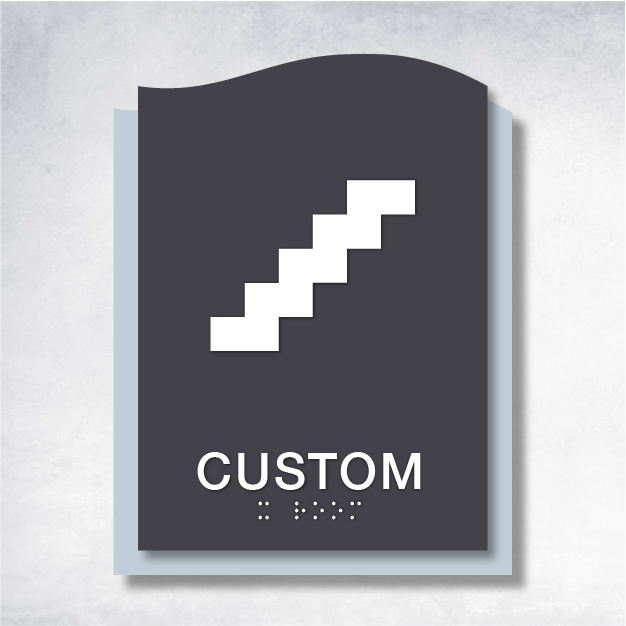Delta vs. Epsilon Stair ID Signs: Navigating the World of ADA Signage
When it comes to ADA signage, the choices can feel overwhelming. But fear not! We're here to guide you through the maze of options, focusing on two standout contenders: Delta and Epsilon Stair ID Signs. Whether you're an art enthusiast with an eye for detail or a building manager prioritizing compliance, this exploration will illuminate the path to the perfect choice for your needs.
A Tale of Two Signs: Delta and Epsilon
Delta Stair ID Signs are the epitome of simplicity and functionality. With raised tactile characters, a non-glare finish, and Grade 2 braille, these signs are crafted for those who appreciate straightforward elegance. Their pre-configured stair IDs make them a breeze to install in standard settings. Made from 1/16” impact-modified acrylic, they boast durability with a touch of style, thanks to a chic wave accent.
Epsilon Stair ID Signs, on the other hand, are the avant-garde choice for those who crave customization. These signs shine—literally—with high contrast and photoluminescent materials, perfect for low-light environments. With fully customizable text and colors, they cater to the creative spirit. Constructed from 1/8” impact-modified acrylic, Epsilon signs are robust, meeting the demands of high-rise building mandates with ease.
The Art of Comparison: Features Unveiled
Tactile Compliance:
- Delta's Simplicity: Delta signs are all about meeting ADA standards with ease. Their raised characters and braille ensure compliance without fuss.
- Epsilon's Flexibility: While Epsilon signs also meet tactile standards, their customization options make them a designer's dream.
Contrast and Visibility:
- Delta's Clarity: With a 70% contrast ratio, Delta signs ensure visibility in most settings.
- Epsilon's Brilliance: Epsilon signs take visibility to the next level with an 80% contrast ratio, ideal for those dimly lit corners.
High-Rise Compatibility:
- Delta's Add-ons: Delta signs work well in standard settings but may need extra components for high-rise compliance.
- Epsilon's All-in-One: Epsilon signs come ready with built-in photoluminescence, perfect for towering skyscrapers.
The Pros and Cons: A Balanced View
Delta's Strengths:
- Budget-friendly and straightforward.
- Perfect for smaller projects.
Delta's Limitations:
- Additional components needed for high-rise settings.
Epsilon's Advantages:
- Unmatched visibility and customization.
- Ready for high-rise compliance.
Epsilon's Challenges:
- Higher initial investment.
Voices from the Field: Customer Insights
Delta signs are celebrated for their simplicity and affordability, making them a favorite among budget-conscious buyers. Epsilon signs, however, earn accolades for their customization prowess and compliance features, especially in high-rise environments.
Who Should Choose What?
Delta's Ideal Users:
- Smaller buildings with budget considerations.
- Those seeking straightforward, compliant solutions.
Epsilon's Ideal Users:
- High-rise projects needing customization.
- Users prioritizing visibility and compliance.
The Final Brushstroke
In the grand gallery of ADA signage, Delta and Epsilon Stair ID Signs each paint a unique picture. Delta offers an economical, no-fuss solution for standard installations. Epsilon, with its flair for customization and compliance, is the go-to for high-rise projects. Your choice depends on the canvas of your project—its complexity, its budget, and your artistic vision.
Discover More
Dive deeper into the world of ADA signage by exploring our product pages: Delta Stair ID 6.5" x 8.5" and Epsilon Stair ID 6" x 8". For more insights, visit our related articles on ADA signs and wayfinding signage.
Beyond the Basics
For those who wish to delve further, consider exploring external reviews and case studies on ADA signage regulations and their impact on building safety and compliance. Let your journey into the world of ADA signs be as enlightening as it is essential.









